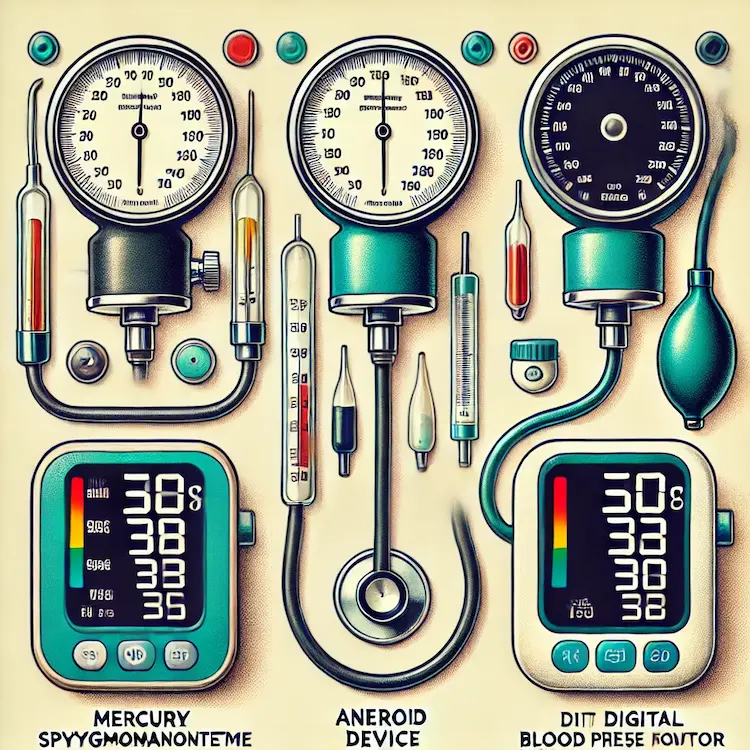Heart failure is a growing global health concern, affecting millions of people each year. It occurs when the heart is unable to pump blood efficiently, leading to symptoms such as shortness of breath, fatigue, and fluid retention. One of the key risk factors for Heart failure prevention is uncontrolled high blood pressure (hypertension).
Monitoring blood pressure regularly can help detect early warning signs and prevent complications. Sphygmomanometers (sphyg monitoring devices) are among the most widely used tools for measuring blood pressure, playing a crucial role in tracking cardiovascular health. But can sphyg monitoring actually help prevent heart failure? This article explores the importance of regular blood pressure monitoring, its impact on heart failure prevention, and the best practices for using sphyg devices effectively.
A sphygmomanometer is a medical device used to measure blood pressure. It typically consists of:

There are three main types of sphygmomanometers:
Regular blood pressure monitoring can detect early signs of hypertension, allowing individuals and healthcare professionals to take preventive actions before heart failure develops.
Chronic high blood pressure forces the heart to work harder than normal, leading to:
According to the American Heart Association (AHA), nearly 50% of adults with high blood pressure are unaware of their condition, making routine monitoring essential.
Different monitoring methods offer varying levels of accuracy, convenience, and usability. Below is a comparison:
| Method | Accuracy | Ease of Use | Best For |
|---|---|---|---|
| Mercury Sphygmomanometer | High | Difficult | Clinical use |
| Aneroid Sphygmomanometer | Moderate | Moderate | Healthcare settings |
| Digital BP Monitors | Varies | Easy | Home use, self-monitoring |
| Ambulatory BP Monitoring (ABPM) | High | Moderate | Detecting white coat hypertension |
Ambulatory Blood Pressure Monitoring (ABPM) records readings throughout the day, providing more precise insights into blood pressure fluctuations.
Routine sphyg monitoring helps: Detect hypertension early
Prevent stroke and heart failure
Improve medication adherence
Encourage lifestyle changes
A study published in the Journal of Hypertension found that individuals who self-monitored their blood pressure had a 30% lower risk of cardiovascular events than those who relied solely on clinic visits.
Despite its benefits, some challenges remain:
Educating the public about proper monitoring techniques and investing in reliable sphygmomanometers can help overcome these obstacles.
To ensure accurate readings:
Following these steps ensures consistency and helps detect blood pressure trends over time.

Regular monitoring can help identify dangerous trends, such as Consistently high readings (above 140/90 mmHg)
Sudden BP spikes or drops
Symptoms like dizziness, chest pain, or shortness of breath
If any of these occur, consulting a doctor immediately is crucial.
Sphyg monitoring plays a vital role in preventing heart failure by enabling early detection of high blood pressure and empowering individuals to manage their cardiovascular health effectively. Regular BP monitoring, combined with lifestyle modifications and proper medical care, significantly reduces the risk of heart failure and related complications.
Investing in accurate, easy-to-use monitoring devices and promoting widespread awareness can lead to better heart health outcomes worldwide.